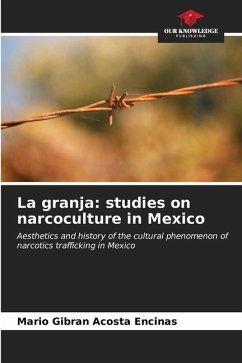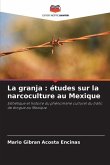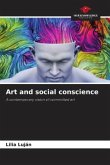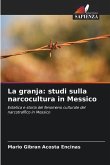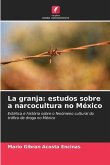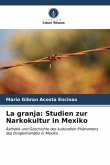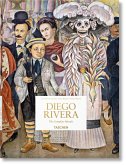This text represents a small part of a complex problem that encompasses an infinite number of topics, in this case the central theme revolves around the possibility of the origin of drug trafficking and its archetype (the drug trafficker) mainly in Mexico, using data ranging from the early nineteenth century to the twenty-first century. Subsequently, different aspects of what gives shape to narcoculture are presented in a general way through examples ranging from a range of media to all kinds of cultural and artistic expressions to better understand what is called the 'phenomenon' of narcoculture, interpreted by many as a conflict of identity. Finally, we present the elaboration of a visual proposal that involves the use of sculpture as its main medium in relation to metaphors and allegories that use Orwell's text Animal Farm and narcocorridos that express a popular sentiment as their main means of inspiration. Drug trafficking is in a limbo of officialdom and mythology.
Bitte wählen Sie Ihr Anliegen aus.
Rechnungen
Retourenschein anfordern
Bestellstatus
Storno

